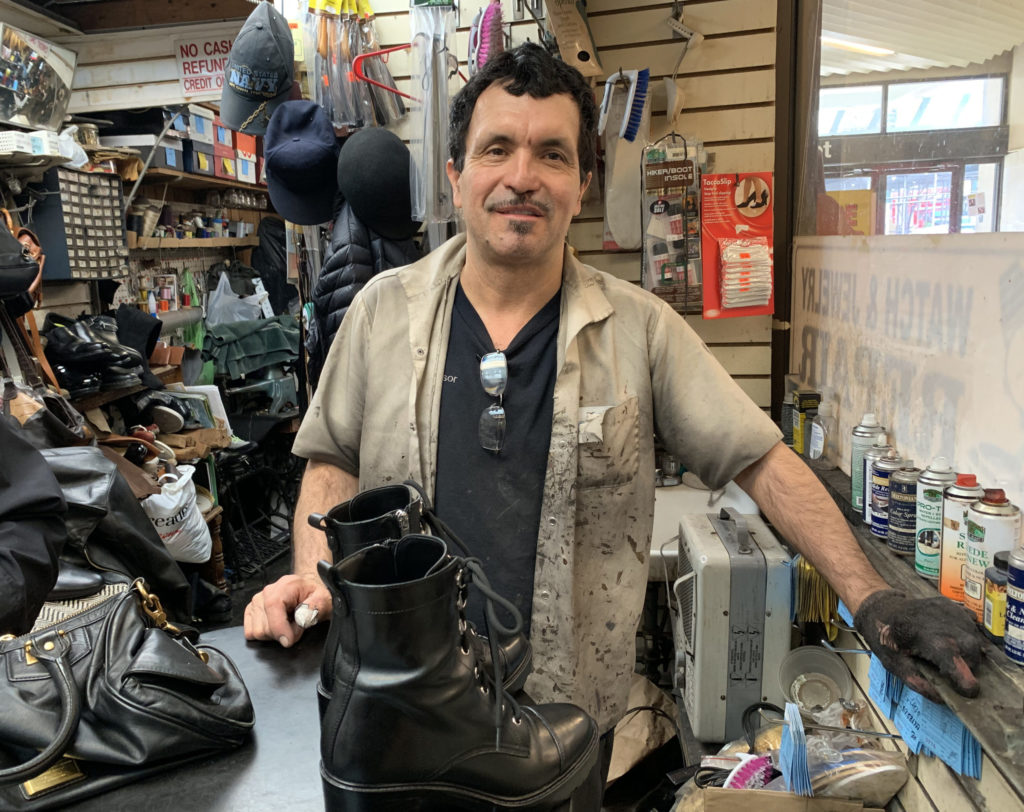Shops say closing Clark Street Station for 8 months could kill their businesses

Fernando Costano, a long-time employee at Brooklyn Heights Shoe Master in the Clark Street Station arcade, says closing the station for eight months could put the shop out of business. Photo: Mary Frost/Brooklyn Eagle
Shopkeepers worry that closing Clark Street subway station in Brooklyn Heights for eight months will put them out of business.
The MTA announced this week that 2 and 3 trains will bypass the station for eight months so it can replace all three failing elevators at the same time.
There have been numerous elevator breakdowns over the past years. In October 2018, one incident required passengers to escape the elevator car through an opening in the ceiling. The station is the deepest one in the system, and a 10-story flight of stairs is used only in emergencies.

Brooklyn Heights
View MoreRead the Brooklyn Height's Press and Cobble Hill News. Find out more about Brooklyn Height's History here.